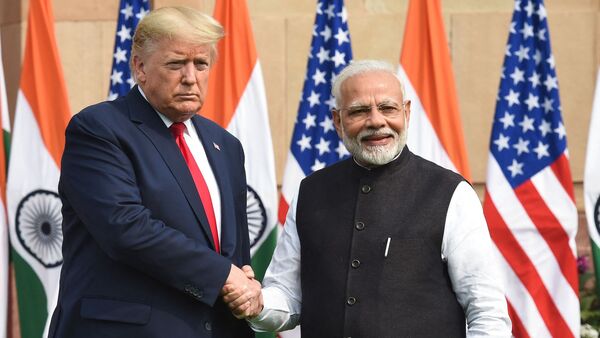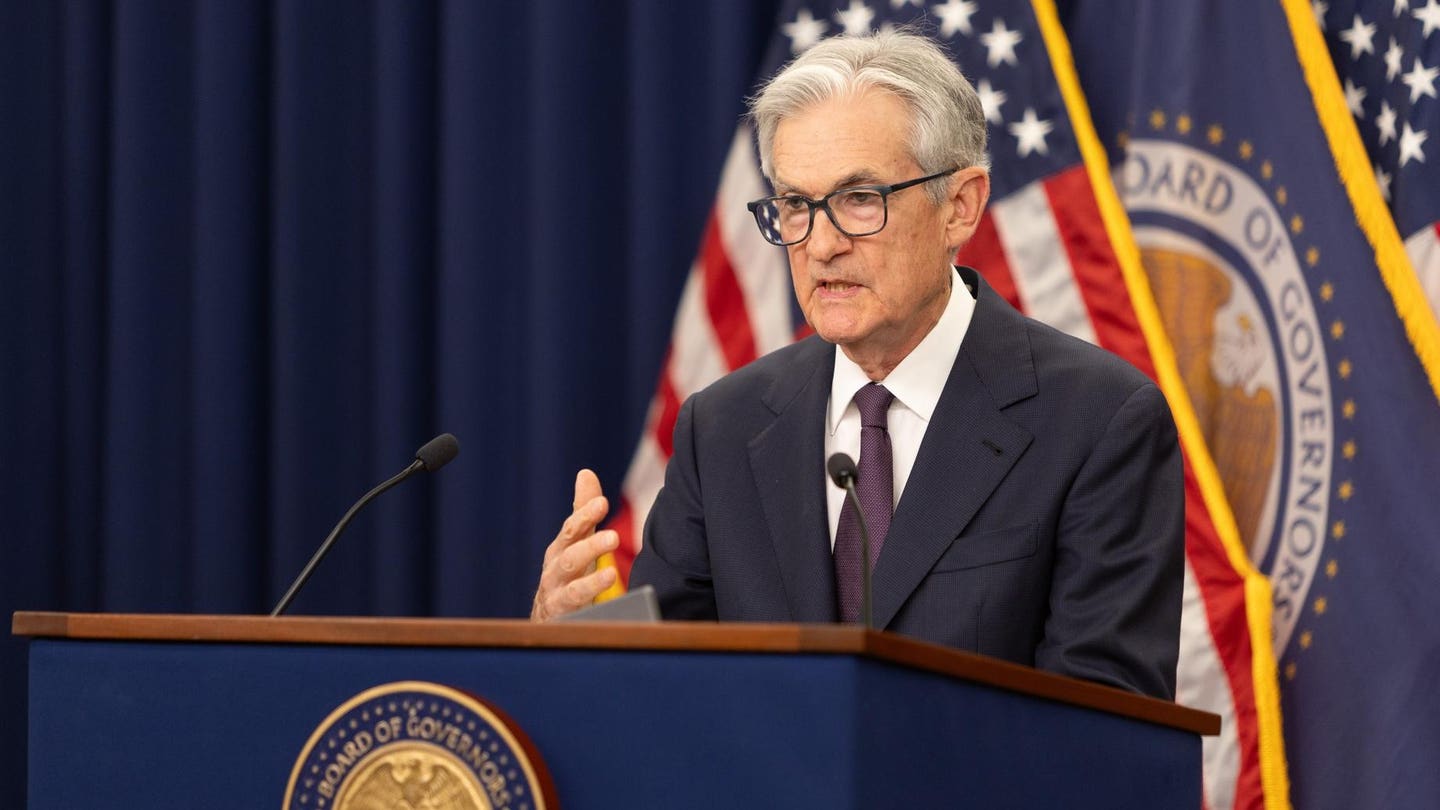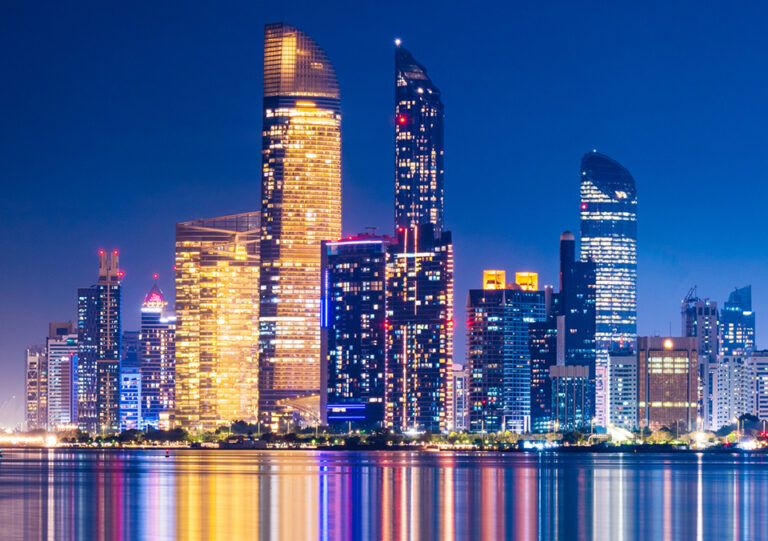India Embarks on a Trade Liberalization Journey with the United States
India has embarked on a significant journey towards trade liberalization with the United States, as announced by India’s trade secretary, Sunil Barthwal, on Tuesday. The two nations have inked the terms of reference for the initial stage of a bilateral trade agreement, which aims to elevate bilateral trade to a substantial $500 billion by the year 2030.
The Road to Trade Liberalization
In a concerted effort that commenced in February, India and the US agreed to focus on the first phase of this trade deal, slated for completion by 2025. This agreement epitomizes a new chapter in the economic relations between the two countries, with a firm commitment to enhancing trade relations.
“India has decided to traverse a path of trade liberalization with the US,” remarked trade secretary Barthwal, signaling a new era in bilateral ties. India’s initiative to reduce both non-tariff and tariff barriers under the agreement is poised to bolster trade growth between these two economic powerhouses.
Progress in Trade Talks
Barthwal expressed optimism about the ongoing trade dialogues with the US. “There is very good progress,” he noted, underscoring the expectation that the successful conclusion of the trade deal will create numerous opportunities and increase trade volumes between the nations.
Rajesh Agrawal, the additional secretary in India’s trade ministry, provided more insights into the roadmap ahead. Virtual discussions between India and the US are set to commence this month, with in-person talks scheduled for mid-May. This collaborative approach is aligned with the broader objective of finalizing the first stage of the deal by 2025, paving the way toward the ambitious $500 billion trade target by 2030.
Negotiations and Opportunities
Negotiations for various components of the trade pact will kick off virtually, Agrawal confirmed. He emphasized the importance of transitioning to in-person discussions to expedite the process, anticipated in the latter half of May. As the chief negotiator for India, Agrawal is optimistic about the BTA’s ability to unlock significant business opportunities for both US and Indian enterprises.
Barthwal echoed these sentiments, highlighting the clear path determined at the leadership level to navigate current global tariff challenges and reinforce trade with the US. If implemented effectively, this pathway is expected to significantly boost India’s trade with the US.
Current Trade Dynamics
Historically, since 2021-22, the US has been India’s largest trading partner, accounting for 18% of India’s total goods exports and 6.22% of imports. This relationship underscores the importance of the proposed trade agreement, which aims to enhance trade services and foster investment opportunities.
In the larger context, such trade agreements often involve the reduction or elimination of customs duties on a wide array of goods, promoting a freer flow of trade. They also aim to ease various normative constraints, thus facilitating an environment conducive to increased commerce and investment.
Stay tuned with fintechfilter.com for more updates on this evolving story and other significant trade developments as the negotiations progress. With the dynamic nature of international trade talks, there’s much anticipation about how these negotiations will shape the economic futures of both India and the US.







